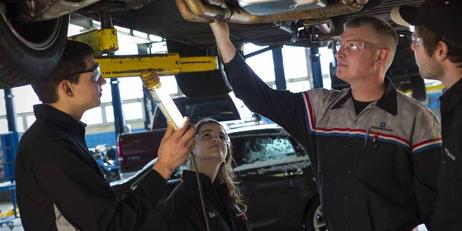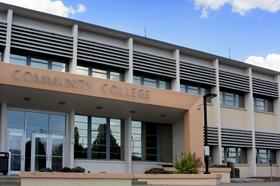The past decade has seen an explosion of hybrid cars powered by alternative fuels, rather than traditional gasoline. What once seemed a science fiction dream – powering cars with energy other than petroleum – is quickly becoming a reality. However, alternative fuels don’t stop with hybrid engines; experts are working on creating vehicles that can be powered by compressed natural gas, biodiesel, ethanol, and propane.
As the landscape of the American auto industry shifts to include more alternative fuel vehicles, there is an emerging market for auto technicians who are trained to service and repair these next-generation cars. For those looking for a career in the auto industry with definite growth potential, a new training program for alternative fuel technicians available at community colleges could be an excellent investment.
This video offers a brief overview of the alternative fuels training at the Santa Fe Community Colleges.
Alternative Fuels Training Centers
West Virginia University started the National Alternative Fuels Training Consortium (NAFTC) in 1992 to address the lack of technicians who were trained to work with the then-new Alternative Fuel Vehicles. In 1995, the NAFTC added six technical training centers to the existing West Virginia University center. Since then, the program has grown to include 42 members: 41 national training centers and 1 associate training center.
The training centers are located in community colleges and other institutes of higher education from California to Maine.






















